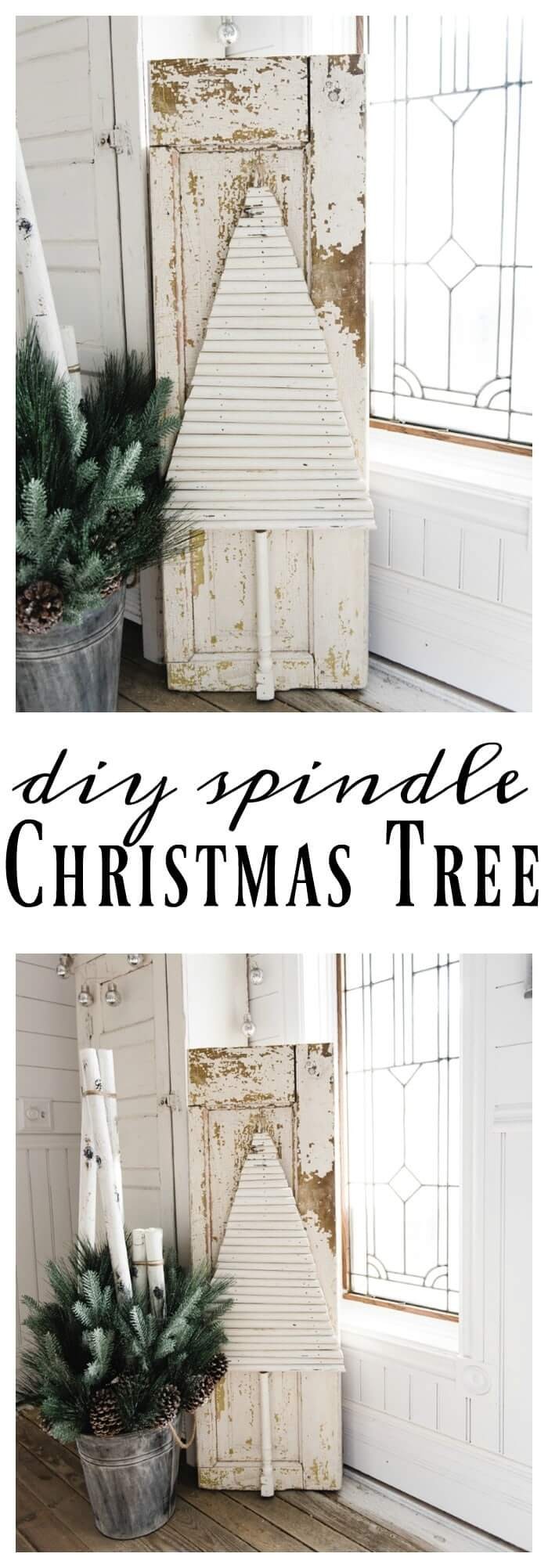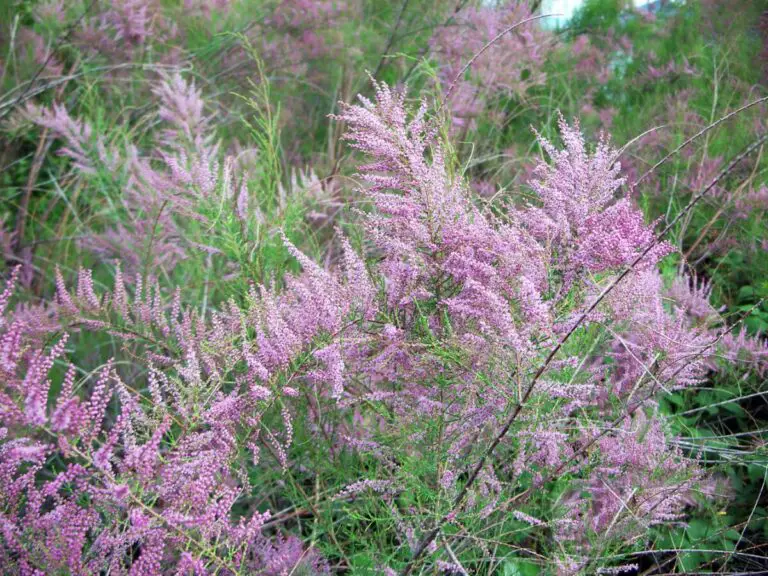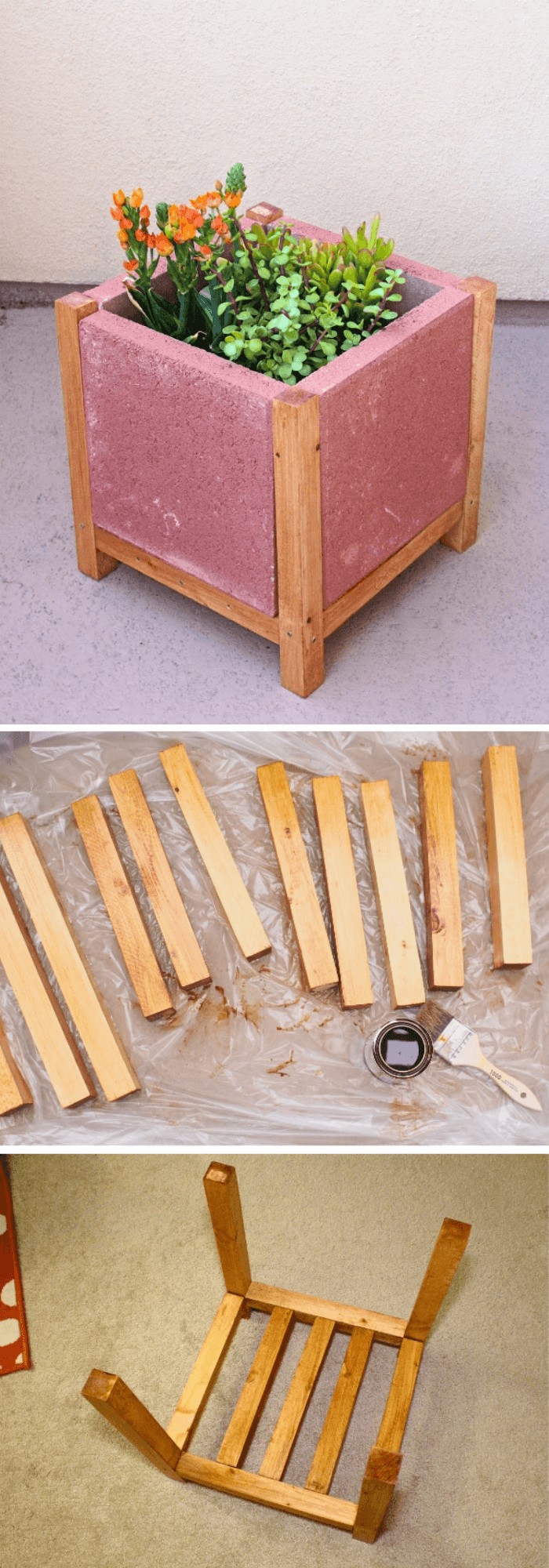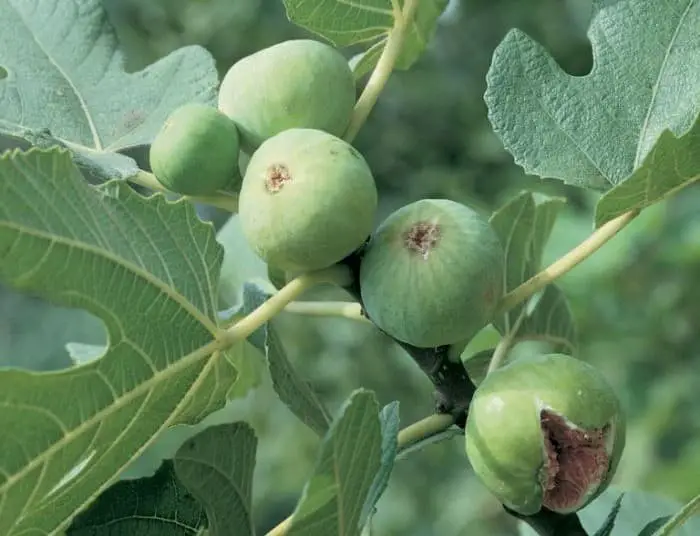Garden Shrubs To Grow As Shade Plants: A Selection Of Evergreen And Flowering Shrubs For Shaded Areas
While designing a garden, finding suitable plants for shaded areas can be a challenge. However, there are many attractive and hardy evergreen and flowering shrubs that thrive in shady conditions. Most gardens have areas with partial shade due to the presence of buildings, walls, fences, or tall trees. Unfortunately, these spots often contain unsuitable plants that struggle to survive. On the contrary, there are numerous garden shrubs that can grow well in shade.
Some of these shrubs feature evergreen foliage, while others showcase attractive leaves or vibrant flowers. A notable exception is variegated species and varieties, which tend to perform less well in shady conditions compared to their plain-leafed counterparts. Furthermore, there are also several flowering shrubs that make excellent choices for shaded areas. These plants often take the form of bushes or small trees, but some can be trained as climbers like ivy or Hedera.
In particular, various species of clematis are well-suited for growing on a north wall. Below is a selection of shrubs suitable for different areas in a shady garden.
Shrubs to Grow in Dry Shade
While the marriage of arid terrain and shaded areas can prove a formidable challenge for many plants, there are some hardy shrub species that not only tolerate but thrive in these conditions. Examples of such resilient plants include:
#1. Buxus sempervirens or Box
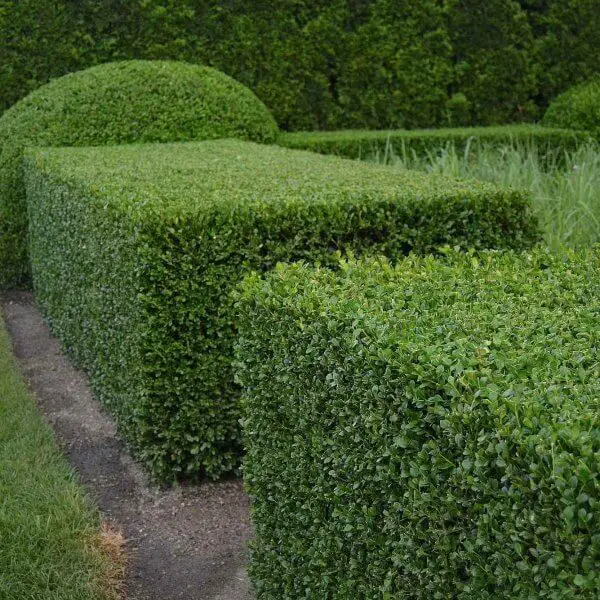
The sight of glossy green evergreen leaves is often associated with the perfect finishing touch to any garden or outdoor space. One particular type of evergreen foliage stands out due to its versatility and ability to thrive in a variety of conditions – small ornamental hedges and topiary designs are particularly well-suited for this plant’s unique characteristics, allowing it to add a pop of color and texture to even the most subtle of landscapes.
#2. Eleagnus x ebbingei
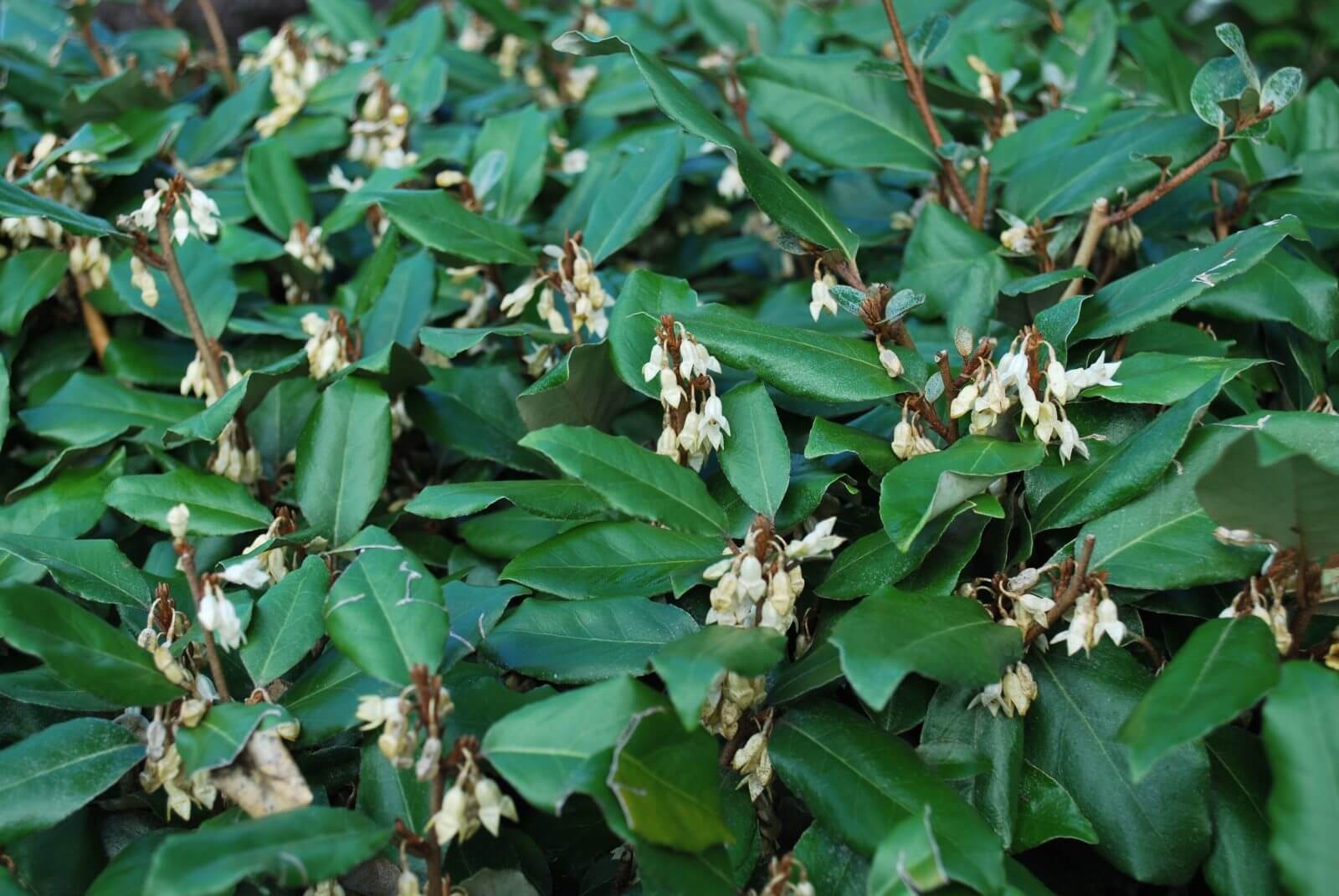
The visual appeal of this plant is striking, featuring lustrous green evergreen leaves adorned with silvery undertones. Additionally, the compact blooms emit a sweet fragrance, while the fall harvest yields a bountiful crop of juicy berries.
#3. Hypericum calycinum
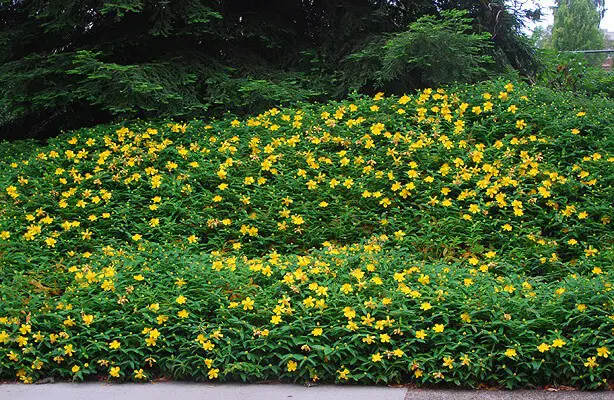
The [Boxwood] (Buxus sempervirens) is characterized by its bright green, semi-evergreen leaves and vibrant yellow flowers that bloom up to 2 1/2 inches across from mid-summer to autumn. This shrub is versatile in its application, making it an excellent choice as a specimen plant or for ground cover purposes.
#4. Kerria japonica
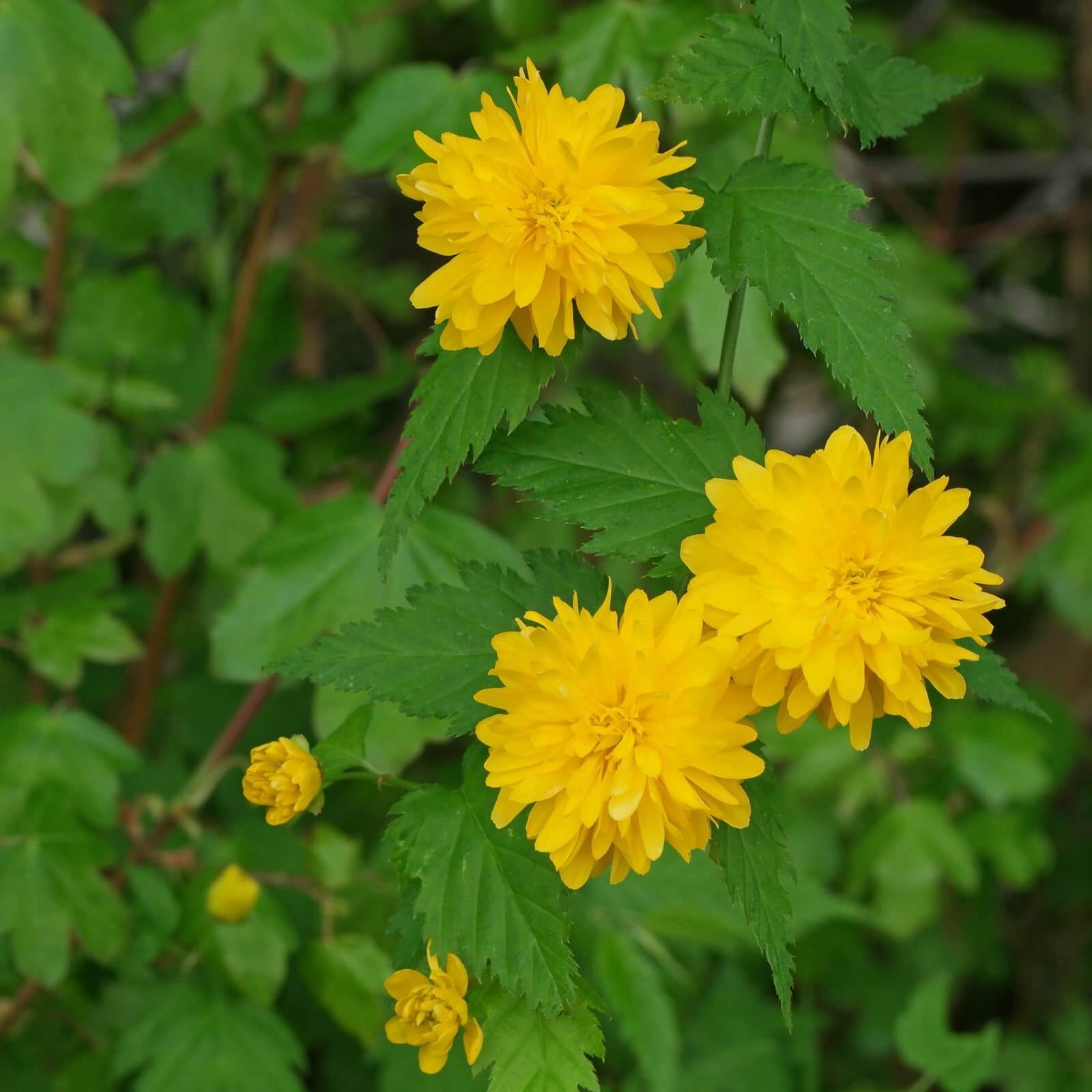
In late spring, the landscape is painted with a vibrant splash of color as abundant, bright yellow blooms emerge amidst a backdrop of dull green foliage. Each flower measures up to 2 inches across, creating a stunning visual display that’s hard to ignore.
#5. Ribes sanguineum or flowering currant

The foliage is characterized by mid-green, matte-textured leaves that provide a subtle backdrop for the vibrant displays of tiny pink and red flowers that burst forth in the spring.
#6. Sarcococca or Christmas Box

A serene winter scene unfolds as the eye is drawn to the lush, emerald-green foliage of the evergreen, accompanied by a delicate display of tiny, white blooms that emit a sweet fragrance, filling the crisp air with its intoxicating aroma.
#7. Symphoricarpos or Snowberry

The focal point of these plants is not their mid-green deciduous foliage or the inconspicuous flowers they produce. Instead, it’s the abundant white, pink, or red winter berries that make them a standout feature in any garden or landscape design.
#8. Vinca

The beauty of this plant lies in its striking foliage, which combines glossy green leaves with vibrant purple flowers that bloom for an extended period. While it makes for an excellent ground cover option, it’s essential to exercise caution due to its potential to become invasive.
Shrubs to Grow in Moist Shade
While conditions may still be challenging, the options for shrubs that thrive in damp yet well-drained shade expand to include not only the previously mentioned species, but also a broader range of plants that can tolerate these conditions. This category encompasses many of the same shrub types mentioned earlier, offering a wider array of possibilities for gardeners seeking to create a lush and resilient landscape.
#1. Aucuba japonica

The botanical characteristics of this species are marked by its glossy, dark green leaves that grow in an evergreen pattern. A striking feature of this plant is the small, red flowers it produces, which give way to bright, juicy berries on the female plants – a phenomenon only possible when a male plant is present nearby. Interestingly, some cultivars with spotted or variegated foliage exhibit reduced vigor and struggle to thrive in shaded environments.
#2. Fatsia japonica or Castor Oil Plant

The plant boasts a distinctive feature – its enormous, mirror-like 12-inch evergreen leaves that emerge during the early stages of autumn. Furthermore, it produces an abundance of delicate white flowers, adding to its picturesque appeal.
#3. Hamamelis mollis or Witch Hazel

While the tree’s mid-green deciduous leaves may not be particularly striking, they are more than compensated by the stunning clusters of golden blossoms that emerge on its bare winter branches. This juxtaposition of subtle foliage and vibrant blooms creates a unique visual appeal that is both intriguing and beautiful.
#4. Hydrangeas macrophylla

The ‘Mophead’ and ‘Lacecap’ varieties of this plant boast stunning mid-green deciduous foliage, accompanied by massive flower heads that burst forth in vibrant hues of white, pink, red, or blue. Both forms thrive in shaded environments.
#5. Kalmia Latifolia or Calico Bush

Characterized by its glossy, medium-green foliage and vibrant floral displays, this plant is a sight to behold. In mid-summer, it produces clusters of delicate, 1-inch blooms that come in shades of white, pink, or red. To thrive, however, it demands soil with a low pH level, making it a prime candidate for gardeners who cherish the challenge of cultivating plants in acid environments.
#6. Mahonia x media Charity

Characterized by its glossy, evergreen foliage with sharply pointed leaflets, this plant is further distinguished by its vibrant, golden blooms that emit a sweet fragrance during the late autumn and winter seasons.
#7. Pieris japonica

The foliage of this plant boasts a lustrous, mid-green hue, complemented by the delicate, drooping clusters of white (occasionally pink) blooms that emerge in early spring. Notably, it thrives in acidic soil conditions.
Climbing Shrubs for Shaded Areas or to Grow on a North Wall
While many clematis species thrive in partial shade, some varieties are particularly well-suited to shaded environments. These exceptional varieties have adapted to excel in areas with limited sunlight, making them perfect for gardeners seeking low-maintenance and high-impact blooms.
#1. Clematis Alpina Hagley Hybrid
The stunning shell pink variety boasts a profusion of blooms, measuring around 5-6 inches in diameter, and produces an abundance of flowers throughout the warmest months of the year – specifically June to September. This lovely cultivar also grows quite tall, reaching heights between 6-8 feet, making it an impressive addition to any garden or landscape.
#2. Clematis Dr Ruppel
The blooms of this plant are characterized by deep pink-mauve hues, measuring 6-8 inches in length, with slightly paler margins that give way to a vibrant cerise color along the center bar. This stunning display can be enjoyed from May to July and again in September. At maturity, the plant reaches a height of 8-10 feet.
#3. Clematis macropetala Blue Bird
During the spring months of April and May, this plant showcases its vibrant beauty with masses of bell-shaped blue flowers. As the seasons progress, the flowers give way to intricately tasselled seed heads that reach a height of 6-10 feet, providing a striking visual display.
#4. Clematis montana Freda
The vibrant blooms of this plant are a striking deep cherry pink hue, bordering on red, measuring approximately 2 inches in length. The delicate bars that adorn the petals are a shade or two lighter than the main color. This stunning display is typically seen in May and June. As if the flowers weren’t enough to draw your attention, the attractive foliage boasts a rich purple-bronze tone. Reaching heights of 20-30 feet, this plant is sure to make an impact in any setting.
#5. Clematis Nelly Moser
The botanical gem in question boasts an impressive display of 7-8 inch pale mauve-pink blooms, featuring delicate light cerise stripes and vibrant red anthers. This striking species reaches heights of 8-10 feet during its peak blooming seasons of May-June and September. Interestingly, it’s when this plant is planted in shade that it truly showcases its colours to their fullest potential.
#6. Clematis Tangutica Bill MacKenzie
The bright yellow lantern-shaped flowers of this climber measure 2.5-3 inches in diameter and bloom from August to October, followed by silky seedheads. At 10-15 feet tall, it’s an impressive addition to any garden.
For shady spots or north-facing walls, consider these other climbing options:
Hedera helix, also known as English Ivy, boasts glossy green foliage – though variegated varieties may not thrive in shade. Be cautious of potential invasiveness.
Hydrangea petiolaris, the Climbing Hydrangea, offers attractive deciduous foliage with red stems providing winter interest. Its glorious tiers of creamy white flowers appear in early and mid-summer, adding a touch of elegance to any setting.

